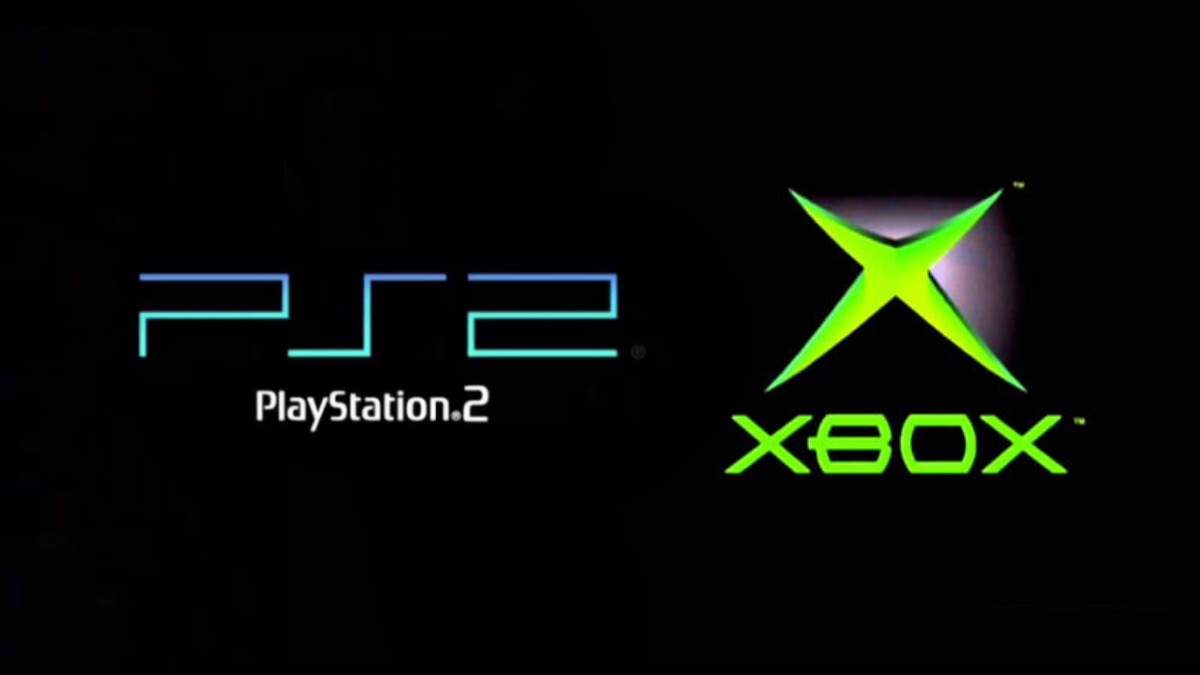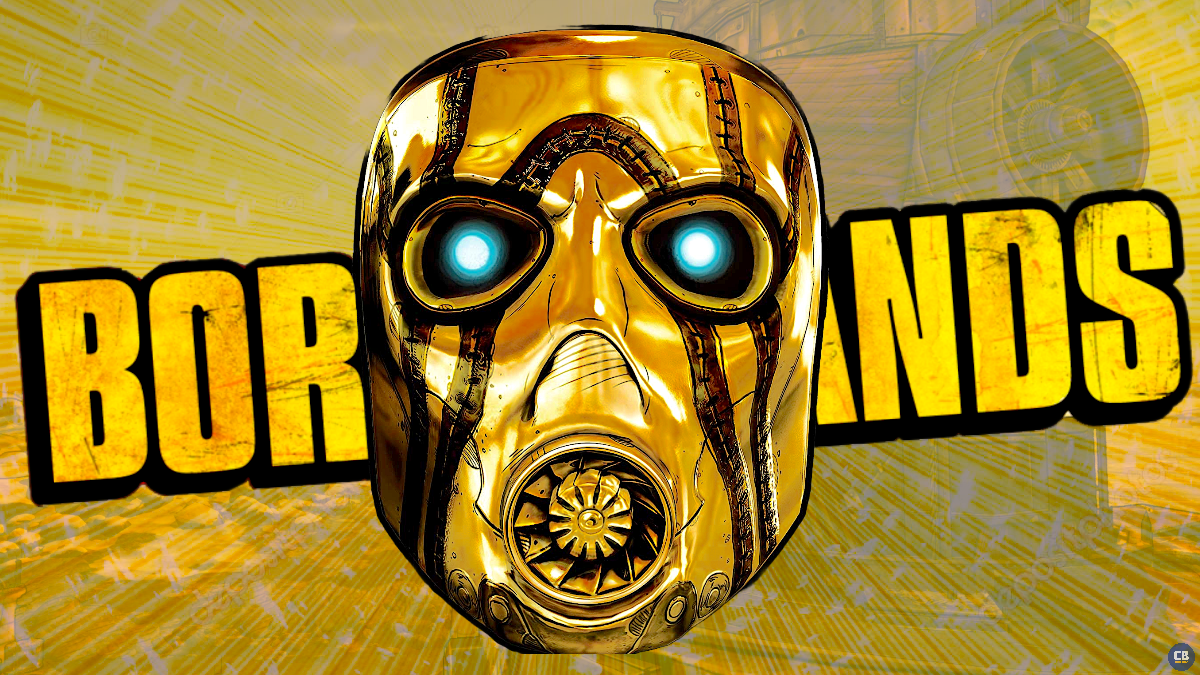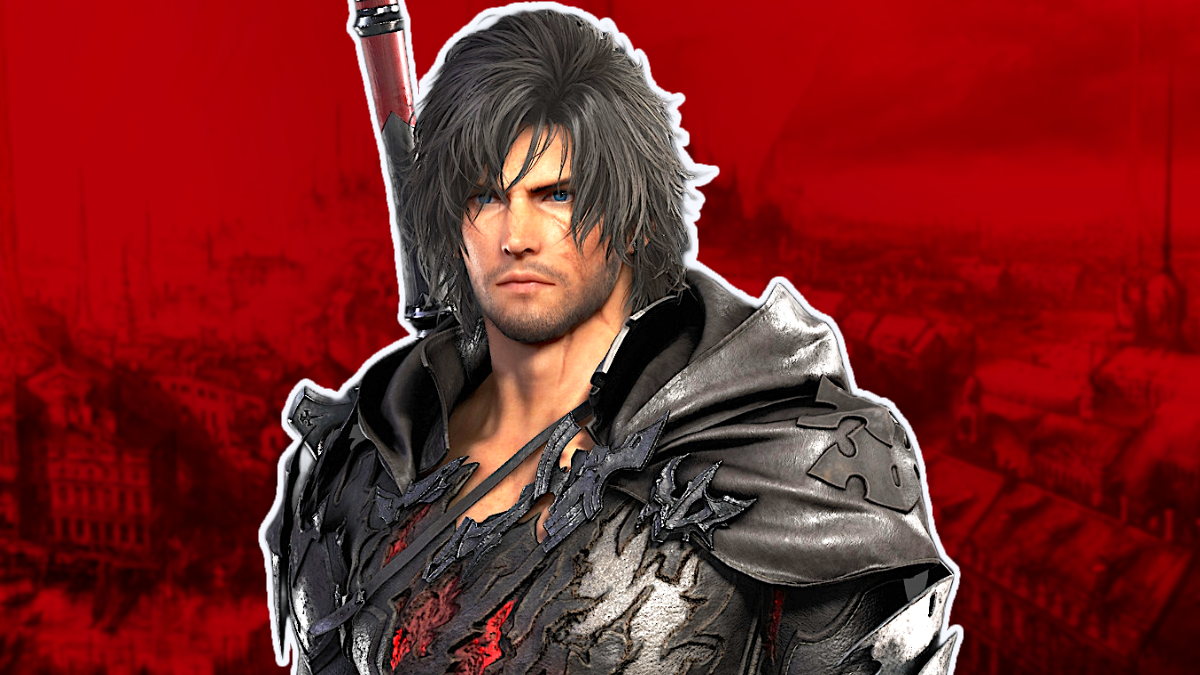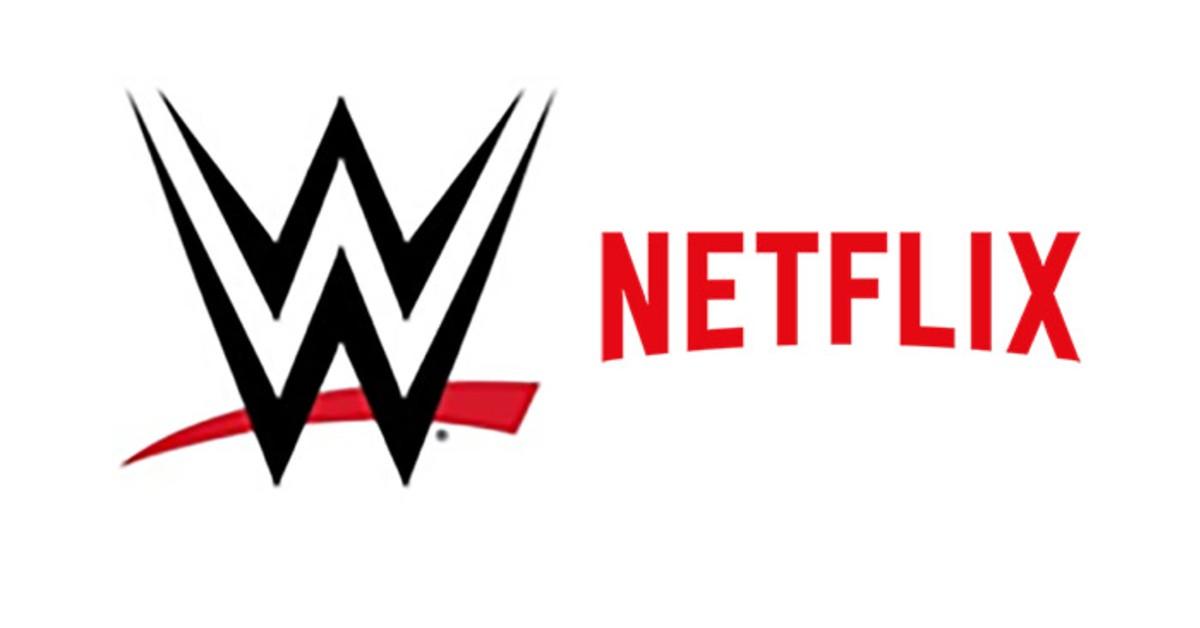The Greatest Non-Canonical Comic Characters
In Batman: The Dark Knight Returns, the animated feature released this week based on the Frank [...]
In Batman: The Dark Knight Returns, the animated feature released this week based on the Frank Miller miniseries that changed the course of superhero comics in the 1980s, the character of Carrie Kelly really stands out.

Batman is a force of nature in the film, more creature than man, and he's surrounded by charicatures who are filling a role. This isn't a criticism of the writing; it is more or less as Miller wrote it, and Miller wrote it that way on purpose. Still, Carrie is almost by default our point-of-view character for chunks of the story, since she's human and relatable and actually kind of great. She's a shining beacon of light in the dark world of the story, just as Tim Drake explained the concept of Robin when he turned up to seize the role in A Lonely Place of Dying. It was while watching that film that I began to wonder: Who are some of the best original, non-canonical characters in the DC and Marvel character libraries? By that, of course, I mean that these are characters who do not appear regularly in their "in-universe" comics, and if they did, it would be a major change to the character and/or the universe. I also don't count any character who exists in an entirely different world, unrelated to the universe (so no Wizard of Oz characters for Marvel, no Vertigo or Icon characters, and no Watchmen). Spider-Girl Arguably the greatest of all time, and almost certainly the most published, Mayday Parker has been appearing in comics on and off (but mostly on) since the late '90s, and during that time became arguably the best-loved new character created for Marvel. Despite being cancelled too many times to count, the low-selling book had such a strong, dedicated fan base that they were able to bring it back again and again, and the comic would limp along to its next milestone. In a time when most superhero comics were dire, serious business, rife with sex and violence, Spider-Girl's titles were consistently well-loved and well-reviewed titles that were appropriate for the kind of kids who might want to dress as Spider-Girl for Halloween.

Norman McKay/Phil Sheldon Consolidating this pair because they're frankly the same guy in a lot of ways, Phil Sheldon was the "human point-of-view character" in Kurt Busiek and Alex Ross's Marvels while Norman McKay served a similar purpose in the Mark Waid/Alex Ross miniseries Kingdom Come for DC. It's easy enough to argue that the characters themselves may not have been all that great--that they were just decent men who were making their way through fantastic stories--but that's put to lie by the fact that every subsequent attempt at making sequels to the two works failed to connect with readers in the same way without all of the parts--writer, artist and lead character--involved. Sheldon, in particular, deserves a lot of credit--not only becuase he came first but also because, frankly, it's impossible to overstate how cool it was to see a reporter character finally acting like a reporter might. Given the number of superheroes who have newsroom-based alter egos, it's hard not to notice that many of the writers have clearly never had that job, or spoken to anyone who has.

Carrie Kelly As mentioned above, she's a great point-of-view character, but she's also more than that. A teenage girl who can keep pace with Batman? That's a bad-ass character and puts to lie the idea that Miller has never written a female lead who wasn't there to get beaten, raped or hyper-sexualized. Well, Kelly and Martha Washington. Terry McGinniss

This one (as with Norman McCay and Phil Sheldon) is difficult because we've seen the character in various different iterations over the years, suggesting that he might actually exist in the DC Universe--but I'm going with these characters as they were originally envisioned and not worrying about "Oh, wait, Earth-48 has a Norman McCay on it." In any event, the star of Batman Beyond is hard to ignore when you're making a list like this. The success of the series was such that it has spawned a comic more than a decade after it launched, and the comic so successful that it's got a Justice League set in its world, too. The fact that there was a fair number of people, following the apparent death of Bruce Wayne in Final Crisis, who hoped on the Internet that it might be used as an excuse to bring Terry into the "real world" is pretty much all you need to know. And some bonuses? There are a handful of characters over the years who have been introduced in other media and then turned out to be major successes in comics. Three of my favorites? Jimmy Olsen - Introduced as an anonymous "office boy" in Action Comics #6, it was actually on the radio that Olsen was first given a name and personality. Whether that kid would ever have shown up again if it weren't for the radio show is hard to say. Renee Montoya and Harley Quinn - Both of these characters were actually created for Batman: The Animated Series, and while of course Harley appeared on the show first, Montoya is a more interesting story: They introduced her into the comics prior to her first appearance on the show, but only after she'd already been created for the cartoon.




